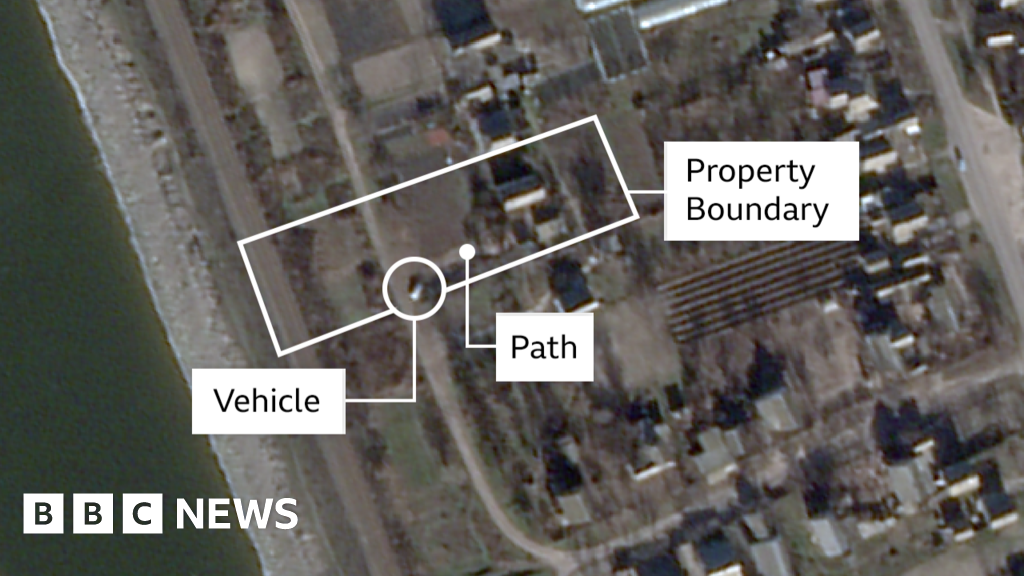It's time to rewrite the family tree, as scientists have revealed that our species is even older than we thought.
Previous studies have proved that we evolved in Africa before finally conquering the world – getting the better of some other rival human species on our way.
However, scientists now say we've been getting the date of own origins totally wrong.
In a new paper, the experts that claim Homo sapiens began to emerge over one million years ago.
Until now, it's been commonly believed that we split from our closest human relatives 600,000 years ago.
So the findings, based on a new analysis of a rare Chinese skull fossil, pushes back our species' origins by some 400,000 years.
Study author Chris Stringer, an anthropologist the National History Museum, said the 'landmark' findings offer an important window into our evolutionary past.
'Fossils like this one just how much we still have to learn about our origins,' he said.
Homo sapiens began to emerge over one million years ago – pushing back our species' origins by some 400,000 years. Pictured, a new replica reconstruction of Chinese skull Yunxian 2 (left), and the Yunxian 2 skull itself (right)
The focus of this study is Yunxian 2, a fossilised cranium found badly crushed by excavators in Hubei, China back in 1990.
Dating back one million years ago, the heavily deformed skull was once thought to belong to an adult male member of the species Homo erectus.
Appearing about about two million years ago, Homo erectus was a direct ancestor of modern humans and the first species to walk fully upright. As a result, it's thought of as the first human species to have left Africa.
Using CT scanning, light imaging and virtual reconstruction techniques, the team made a physical model of what the skull would look like had it not been squashed.
The physical model also incorporated a few small anatomical elements from Yunxian 1, another fossil found at the site in 1989, also badly crushed.
Once completed, the model was compared it to 104 other fossil specimens and similar high-quality replicas.
Their findings show Yunxian 2 does display some primitive traits similar to Homo erectus, such as a large, squat braincase, a strong brow ridge, and a more projecting lower face.
However, derived features in the face and rear of the braincase, as well as a larger brain capacity, are closer to later species such as Homo longi ('Dragon Man') and Homo sapiens.
Scientists 'could barely believe their own findings'. The international team has been led by researchers from Fudan University, Shanghai and the Chinese Academy of Sciences, Beijing, alongside Professor Chris Stringer of London's Natural History Museum
The model of Yunxian 2 also incorporated a few small anatomical elements from Yunxian 1 (pictured), another fossil found at the site in 1989, also badly crushed
What species is Yunxian 2?
The new analysis reclassifies Yunxian 2 as another long-extinct ancient clade, probably part of the species Homo longi ('Dragon Man').
Homo longi, already known from other fossil findings in China, evolved in Asia, occupying the continent at least 146,000 years ago.
Homo longi is closely linked to the Denisovans, another extinct group of archaic humans known primarily from fossil finds in Siberia and Tibet.
Based on their analyses, Yunxian 2 is not a Homo erectus at all, but an early member of the lineage that includes Homo longi and several other Chinese fossils.
Homo longi is strongly linked with the Denisovans, another extinct group of archaic humans known primarily from fossil finds in Siberia and Tibet.
Crucially, this lineage originated more than one million years ago, according to Professor Stringer, who worked alongside experts at Fudan University in Shanghai and the Chinese Academy of Sciences in Beijing.
'Our research reveals that Yunxian 2 is not Homo erectus, but an early member of the longi clade and linked to the Denisovans,' he said.
'This changes a lot of thinking because it suggests that by one million years ago, our ancestors had already split into distinct groups, pointing to a much earlier and more complex human evolutionary split than previously believed.'
Despite their findings, the researchers are reluctant to describe Yunxian 2 as belonging to the Homo longi, at least for the moment.
Analysis of a third Yunxian skull found in 2022 ('Yunxian 3') will act as 'an important test' of the new reconstruction and hopefully make it conclusive.
'We will now be extending our analyses to include further sources of data and other fossils, which will be critical for refining this picture,' Professor Stringer added.
Homo longi or 'Dragon Man' is a species identified from a skull fossil known as the Harbin cranium, found in Harbin City in Heilongjiang province in 1933. Pictured, artist's impression of the species
'The human lineage': This illustration shows the closest extinct relatives of modern humans (homo sapiens, right)
The team's new findings, published today in the journal Science, paint a 'radically different' picture of human evolution.
According to the scientists, in the last 800,000 years, most large-brained humans can be traced to just five major branches – Asian erectus, heidelbergensis, longi, sapiens, and neanderthalensis.
The research reveals that these groups were already splitting from one another more than a million years ago – deeper in time than we previously thought.
Homo sapiens evolved in Africa but migrated out of the continent 60,000 to 70,000 years ago, reaching Europe and Asia.
There, we found and mated with the Neanderthals (Homo neanderthalensis), our closest ancient human relative, also extinct.
Not a lot is known about the Denisovans, the population of early humans who lived in Asia at least 80,000 years ago and were also distantly related to Neanderthals.
Denisovans also bred with humans around 50,000 years ago, likely in Asia, meaning the DNA of the early hominids survives today.
THE DENISOVANS EXPLAINED
Who were they?
The Denisovans are an extinct species of human that appear to have lived in Siberia and even down as far as southeast Asia.
The individuals belonged to a genetically distinct group of humans that were distantly related to Neanderthals but even more distantly related to us.
Although remains of these mysterious early humans have mostly been discovered at the Denisova Cave in the Altai Mountains in Siberia, DNA analysis has shown the ancient people were widespread across Asia.
Scientists were able to analyse DNA from a tooth and from a finger bone excavated in the Denisova cave in southern Siberia.
The discovery was described as 'nothing short of sensational.'
In 2020, scientists reported Denisovan DNA in the Baishiya Karst Cave in Tibet.
This discovery marked the first time Denisovan DNA had been recovered from a location that is outside Denisova Cave.
How widespread were they?
Researchers are now beginning to find out just how big a part they played in our history.
DNA from these early humans has been found in the genomes of modern humans over a wide area of Asia, suggesting they once covered a vast range.
They are thought to have been a sister species of the Neanderthals, who lived in western Asia and Europe at around the same time.
The two species appear to have separated from a common ancestor around 200,000 years ago, while they split from the modern human Homo sapien lineage around 600,000 years ago.
Last year researchers even claimed they could have been the first to reach Australia.
Aboriginal people in Australia contain both Neanderthal DNA, as do most humans, and Denisovan DNA.
This latter genetic trace is present in Aboriginal people at the present day in much greater quantities than any other people around the world.
How advanced were they?
Bone and ivory beads found in the Denisova Cave were discovered in the same sediment layers as the Denisovan fossils, leading to suggestions they had sophisticated tools and jewellery.
Professor Chris Stringer, an anthropologist at the Natural History Museum in London, said: 'Layer 11 in the cave contained a Denisovan girl's fingerbone near the bottom but worked bone and ivory artefacts higher up, suggesting that the Denisovans could have made the kind of tools normally associated with modern humans.
'However, direct dating work by the Oxford Radiocarbon Unit reported at the ESHE meeting suggests the Denisovan fossil is more than 50,000 years old, while the oldest 'advanced' artefacts are about 45,000 years old, a date which matches the appearance of modern humans elsewhere in Siberia.'
Did they breed with other species?
Yes. Today, around 5 per cent of the DNA of some Australasians – particularly people from Papua New Guinea – is Denisovans.
Now, researchers have found two distinct modern human genomes - one from Oceania and another from East Asia - both have distinct Denisovan ancestry.
The genomes are also completely different, suggesting there were at least two separate waves of prehistoric intermingling between 200,000 and 50,000 years ago.
Researchers already knew people living today on islands in the South Pacific have Denisovan ancestry.
But what they did not expect to find was individuals from East Asia carry a uniquely different type.
 (1).png)
 2 weeks ago
4
2 weeks ago
4

















